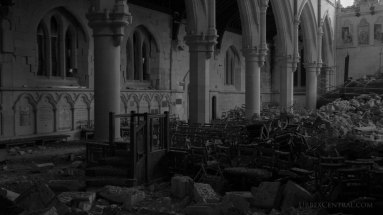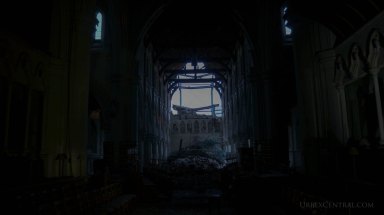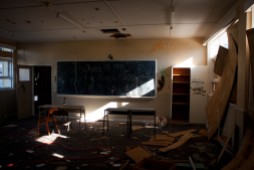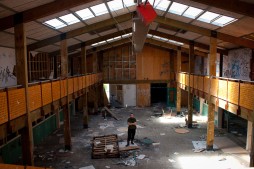Images of the exterior of Christchurch Cathedral from a couple of months ago. The Cathedral was badly damaged in the February 22nd 2011 earthquake (and other aftershocks) that devastated New Zealand’s third largest city. It’s a surreal experience, the centre around Cathedral Square is mostly unrecognizable, apart from the iconic Christchurch Cathedral.
The Anglican Cathedral was built between 1864 and 1904 in the centre of the city, surrounded by Cathedral Square. It became the cathedral seat of the Bishop of Christchurch in the New Zealand tikanga of the Anglican Church in Aotearoa, New Zealand and Polynesia.
Repeated earthquakes have damaged the building (mostly the spire) in the course of its history: in 1881, 1888, 1901, 1922, and September 2010. The February 2011 Christchurch earthquake destroyed the spire and part of the tower, and severely damaged the structure of the remaining building. The remainder of the tower was demolished in March 2012. The west wall suffered collapses in the June 2011 earthquake and the December 2011 quake due to a steel structure – intended to stabilize the rose window – pushing it in.
The Anglican Church has decided to demolish the building and replace it with a new structure – a decision which has become controversial in post-quake Christchurch. Various groups have opposed the Church’s intentions, with actions including taking a case to court. As of January 2015 the judgements have mostly been in favour of the Church, with one more judgement pending. No demolition has occurred since the removal of the tower in early 2012.
There has been opposition to demolition, with heritage groups including the UNESCO World Heritage Centre opposing the action. A local character, the Wizard of New Zealand, made protests calling for the cathedral to be saved. Kit Miyamoto, an American-based structural engineer and expert in earthquake rebuilding, inspected the cathedral after the September 2010 quake. He cited his experience in stating that restoring and strengthening of the building was both “feasible and affordable”.
In April 2012, a group of engineers from the New Zealand Society for Earthquake Engineering launched a petition seeking support of 100 colleagues to stop the demolition. They claimed that legal action was also a possibility. In the same month the Restore Christchurch Cathedral Group was formed and sought signatures for a petition to save the cathedral.
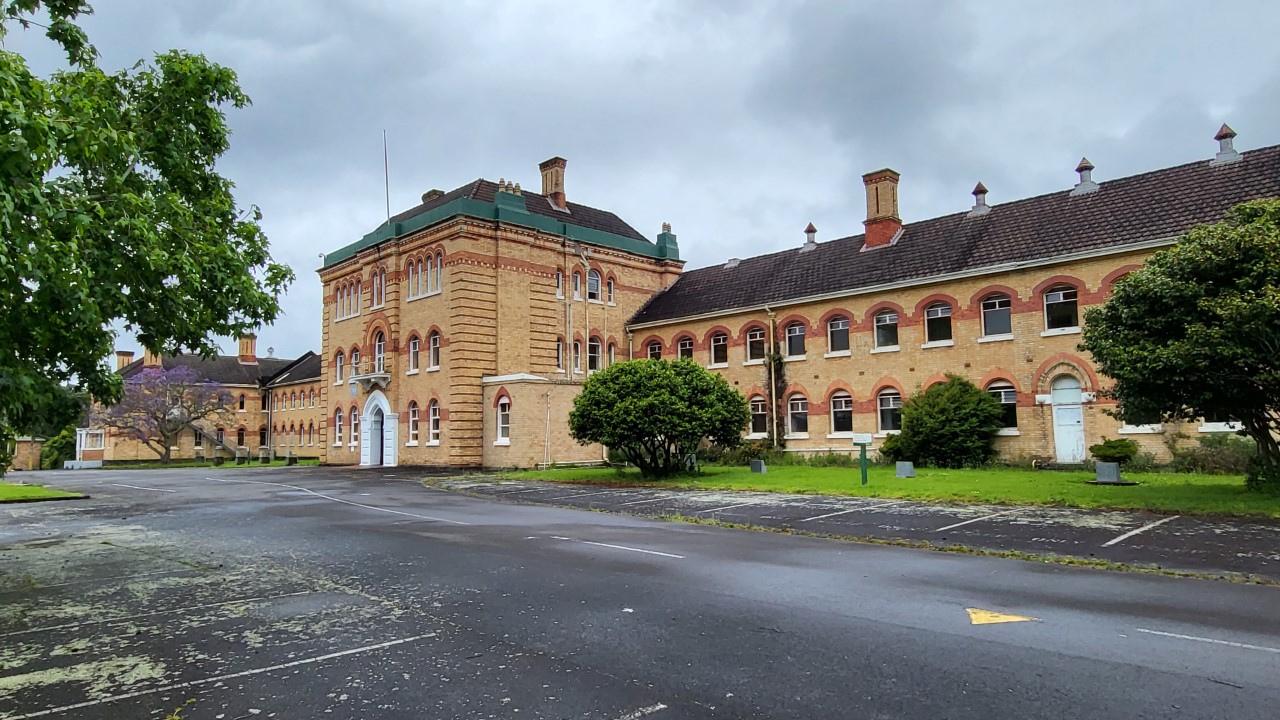
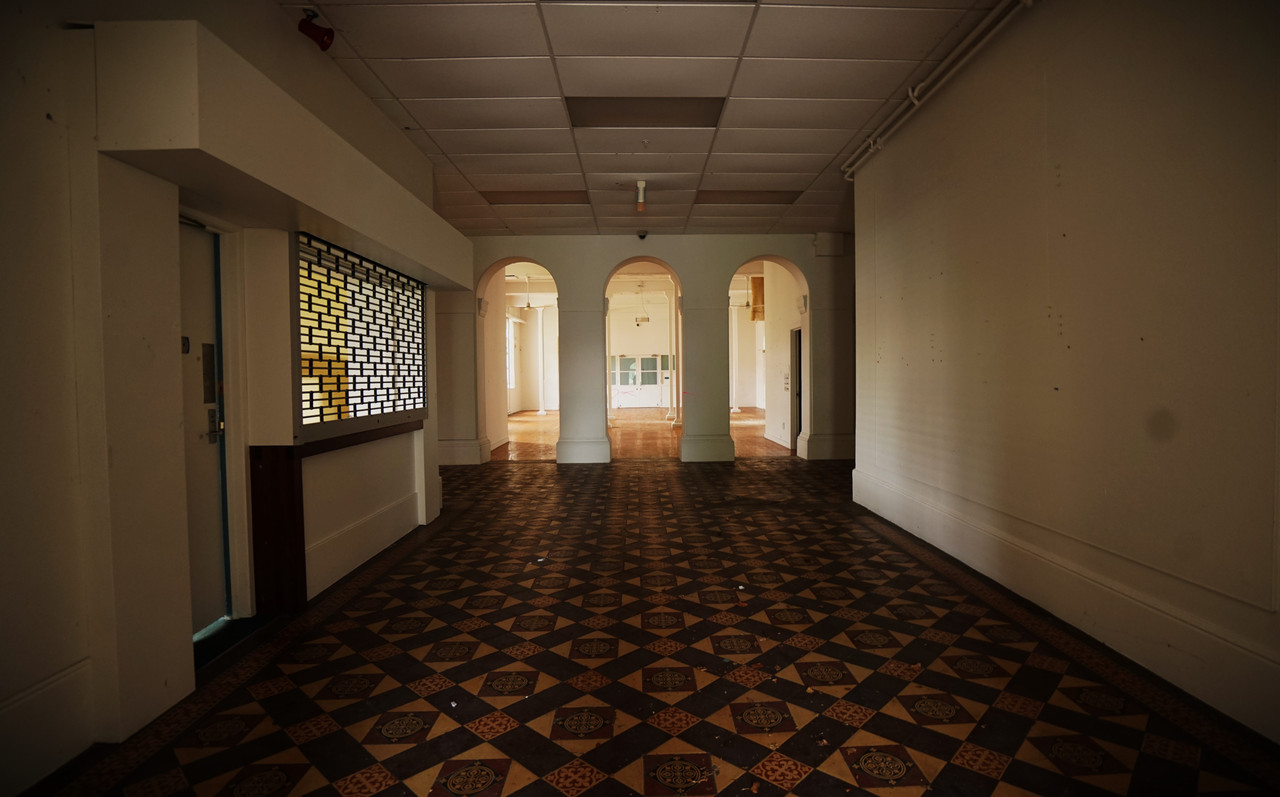
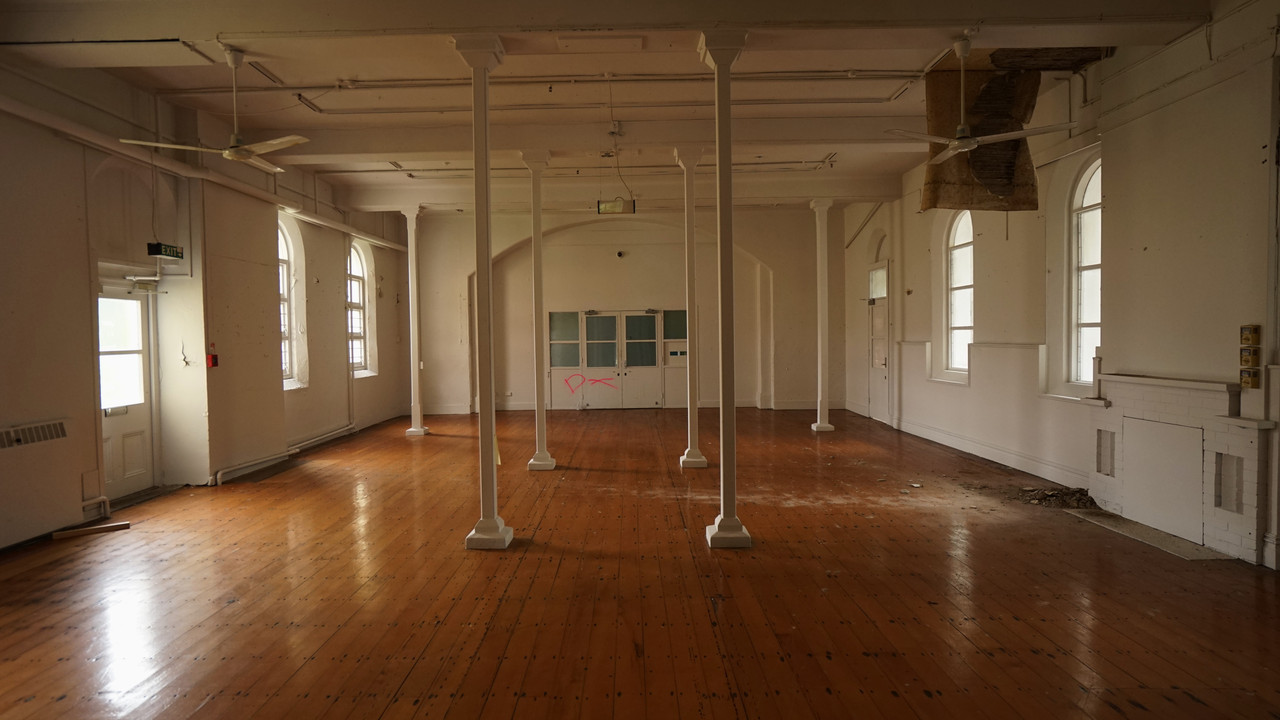

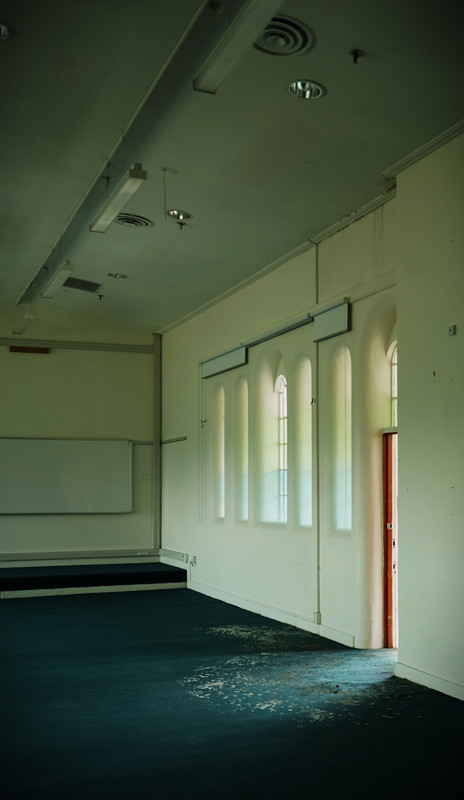


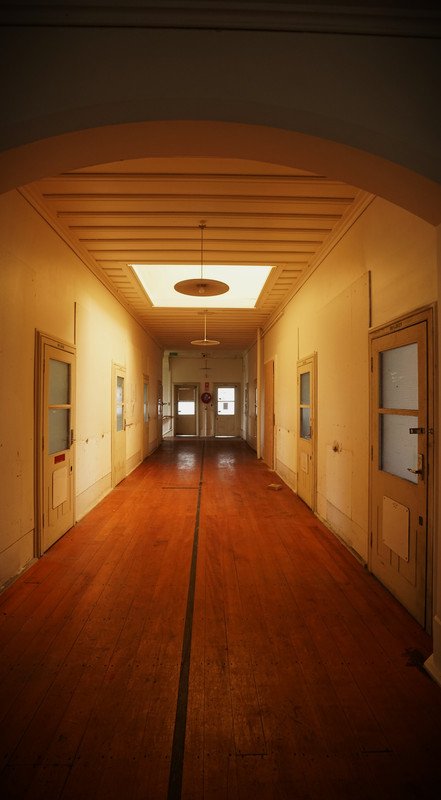
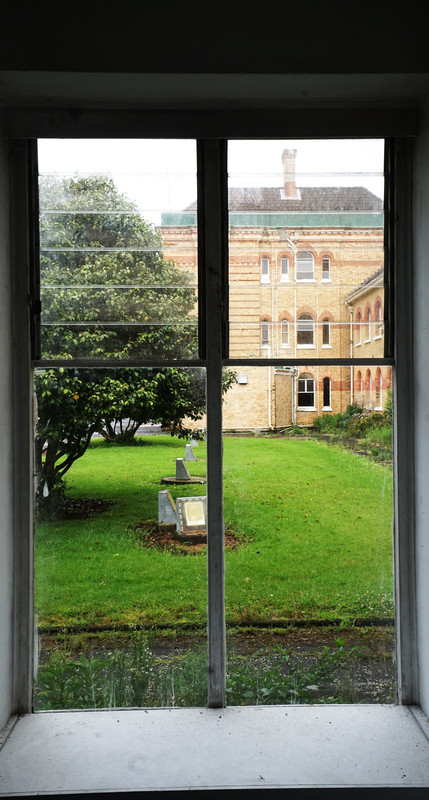
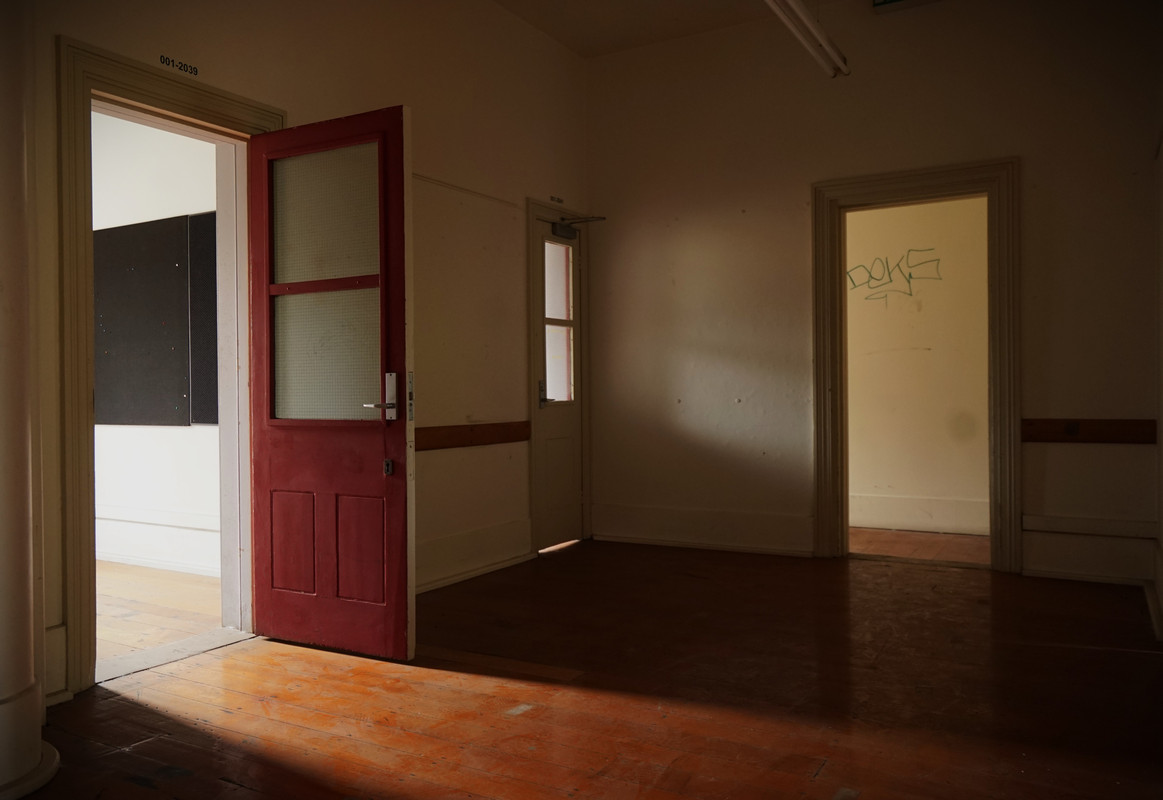
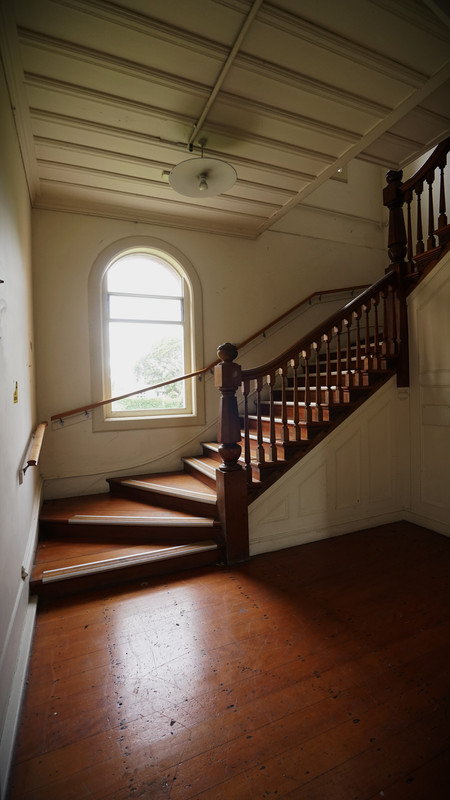
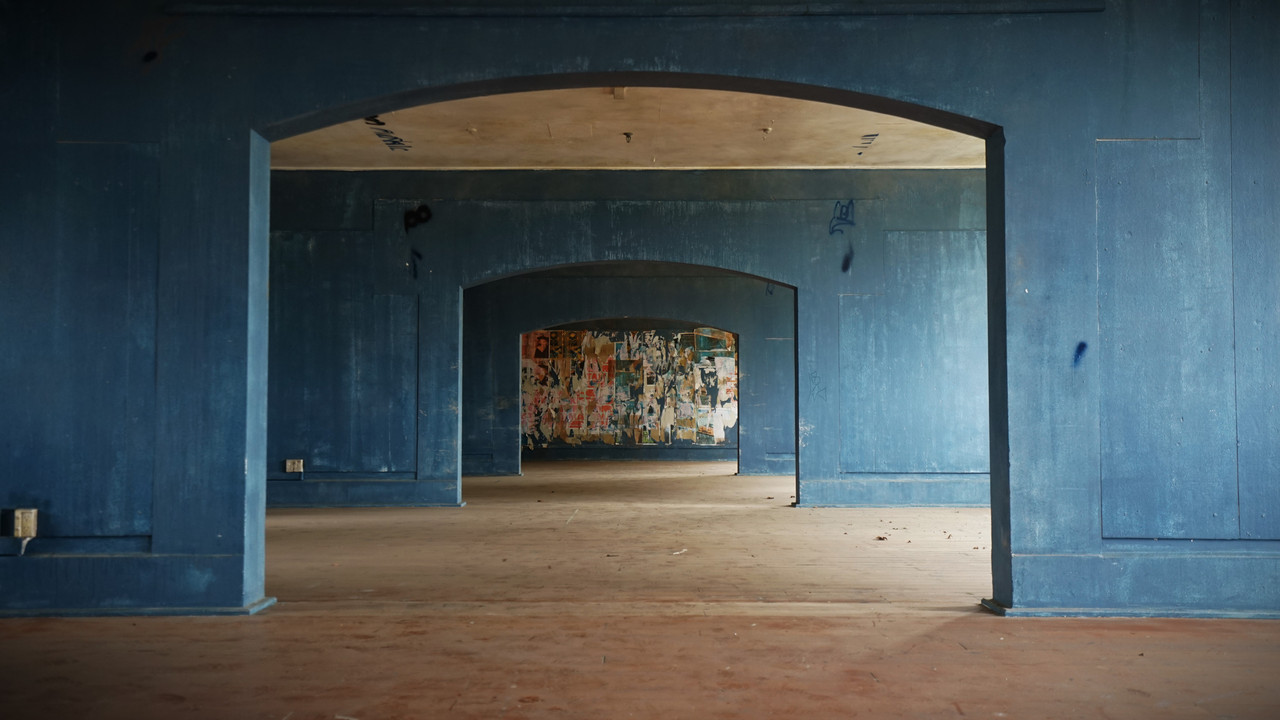

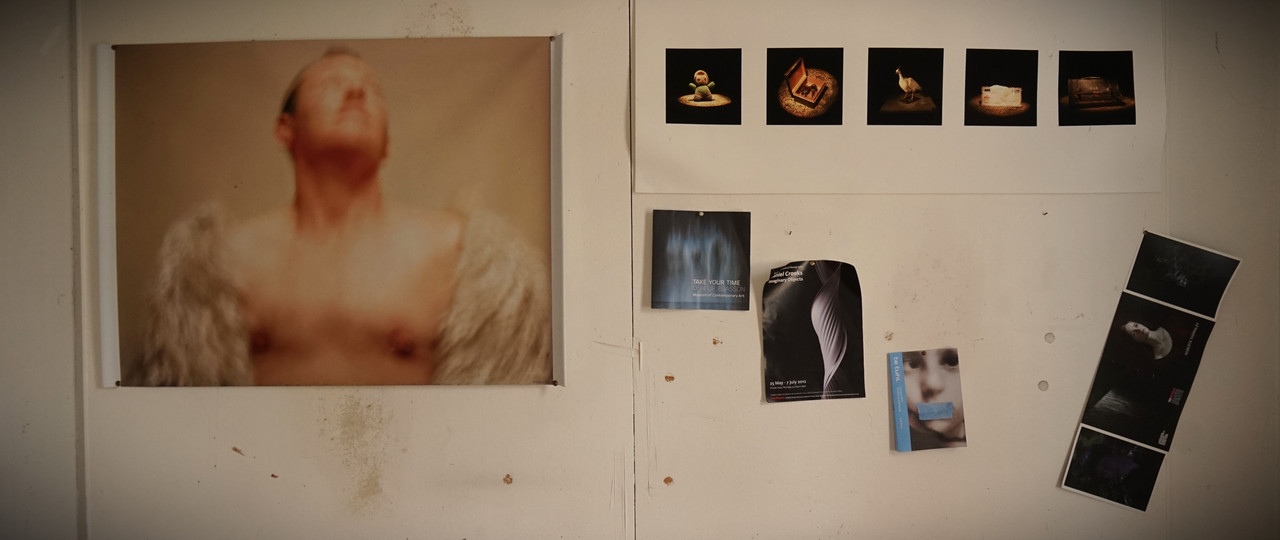
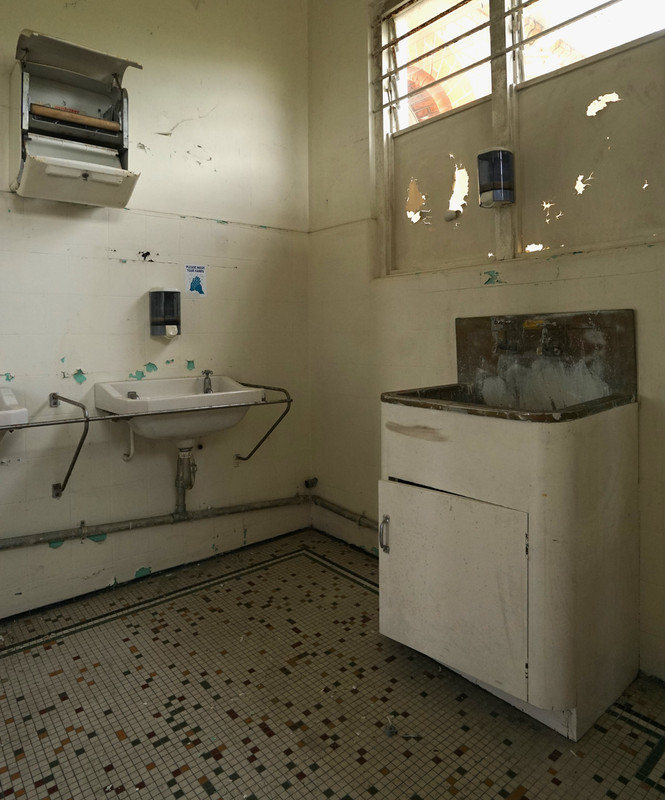
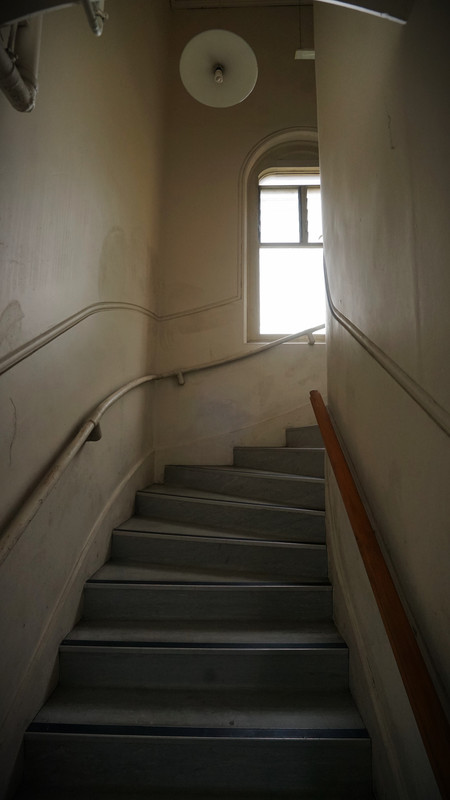
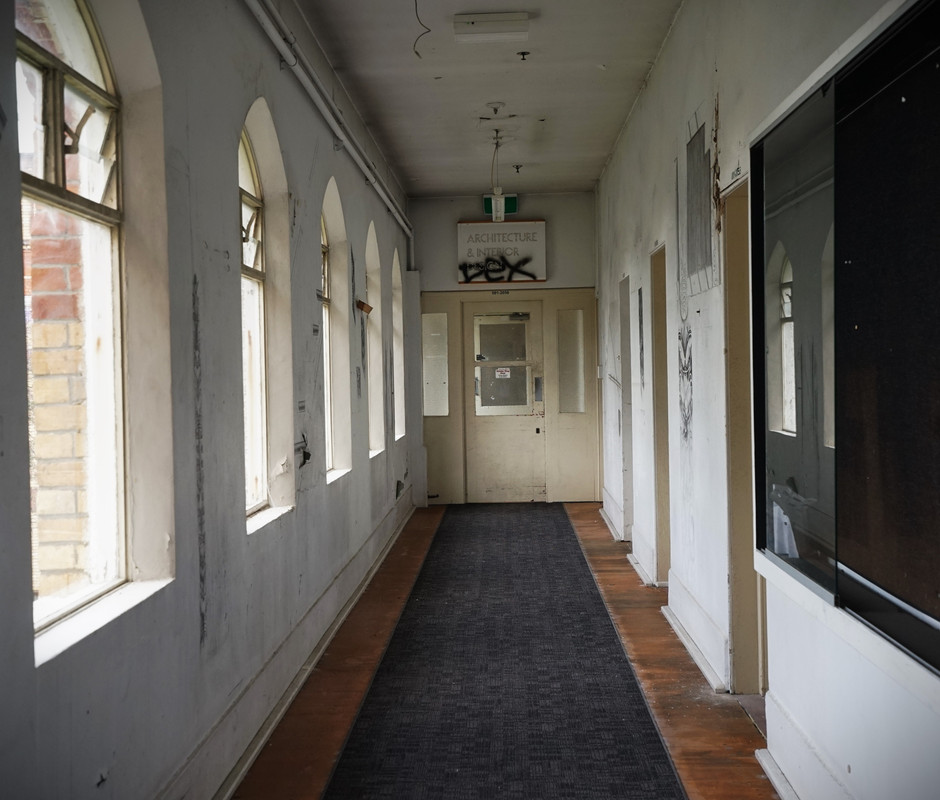

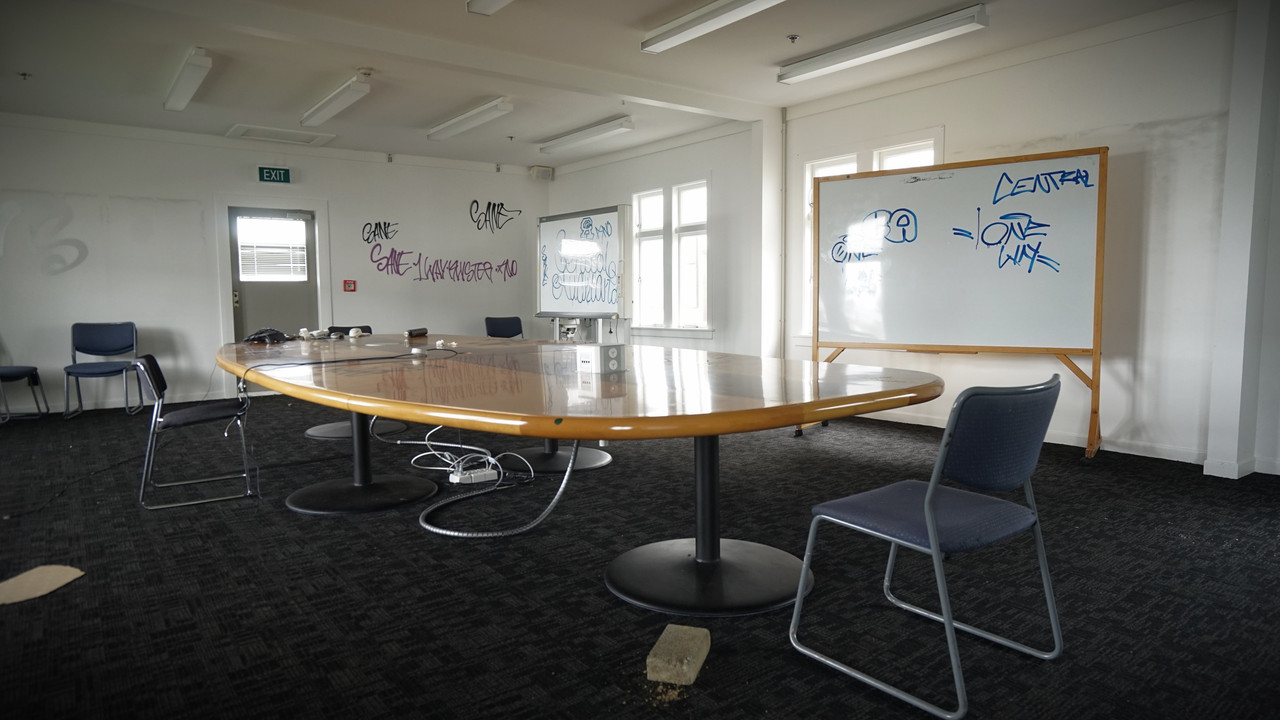
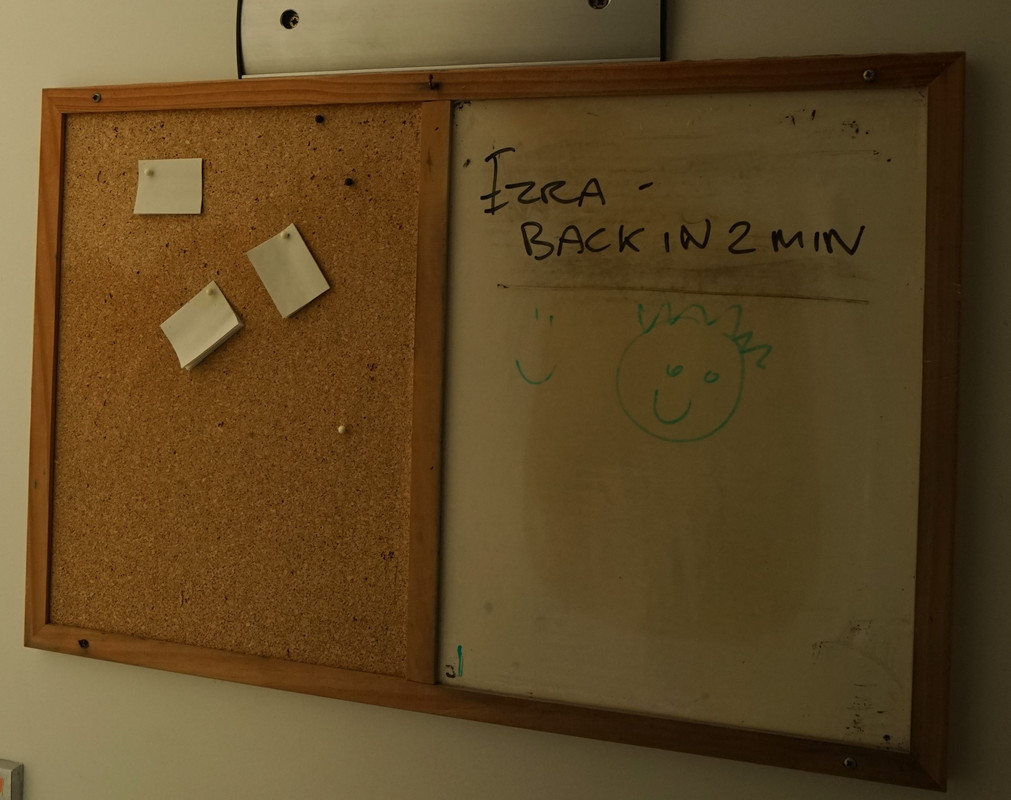


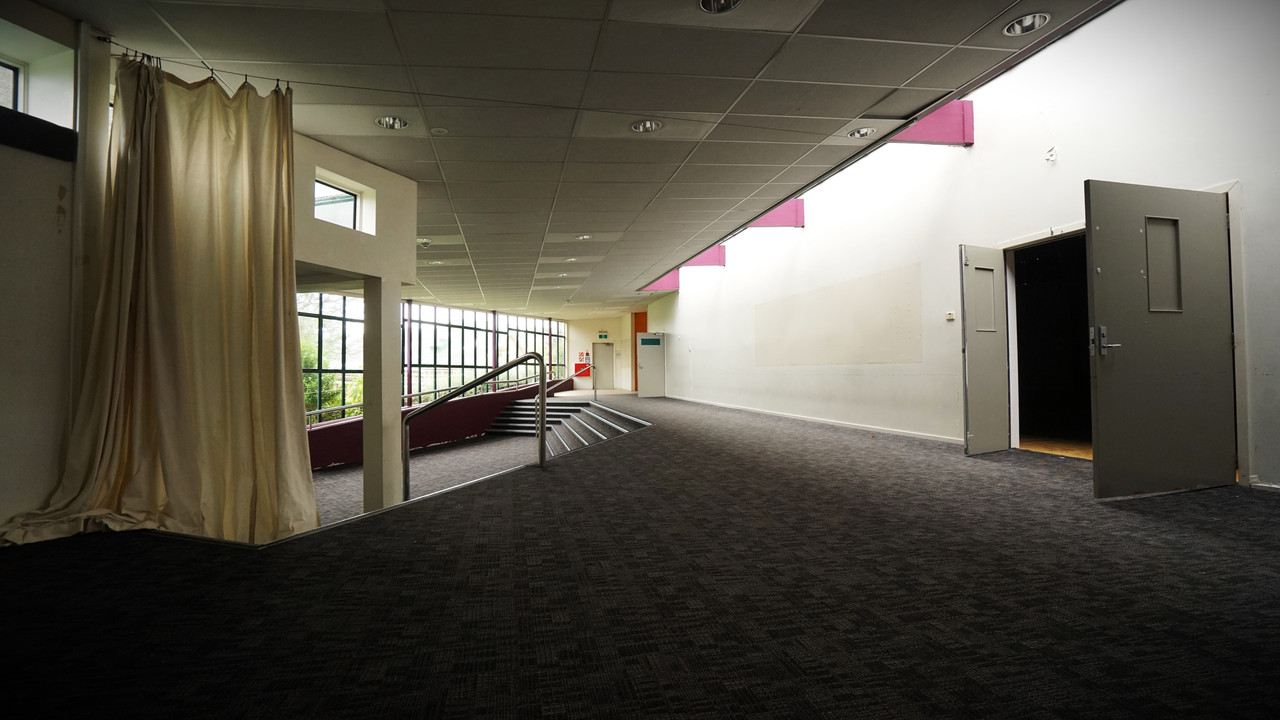
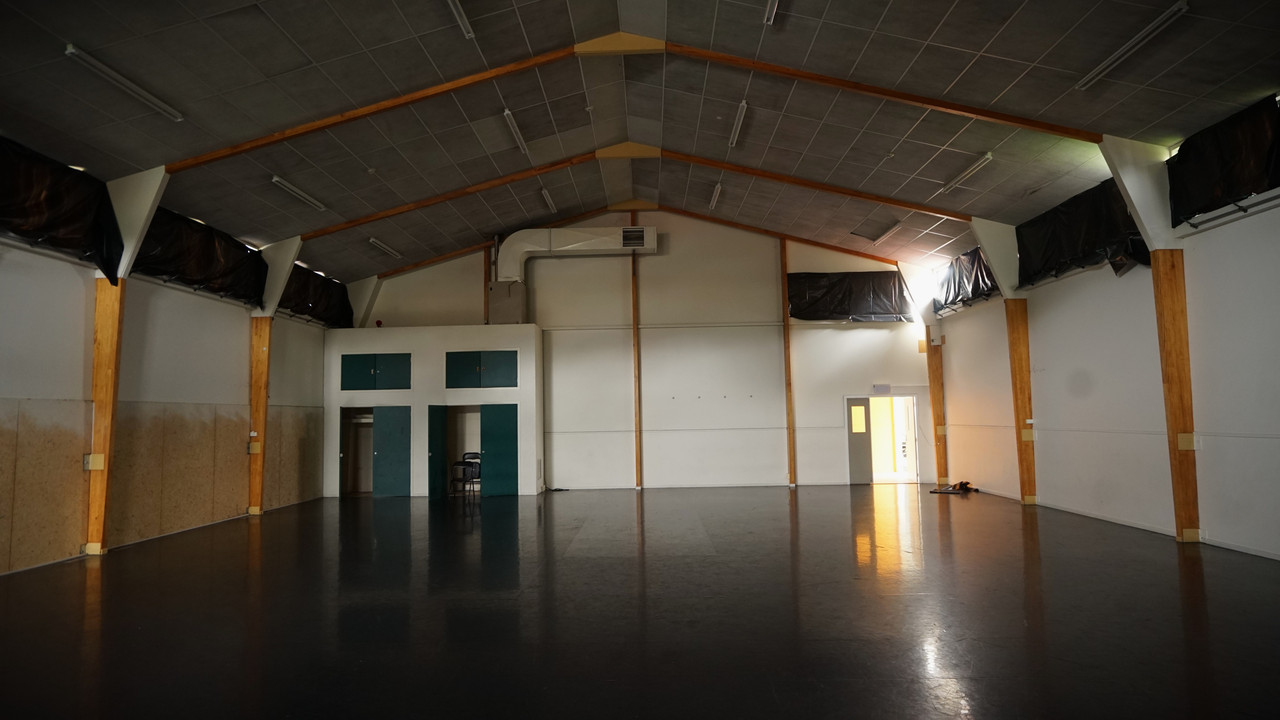
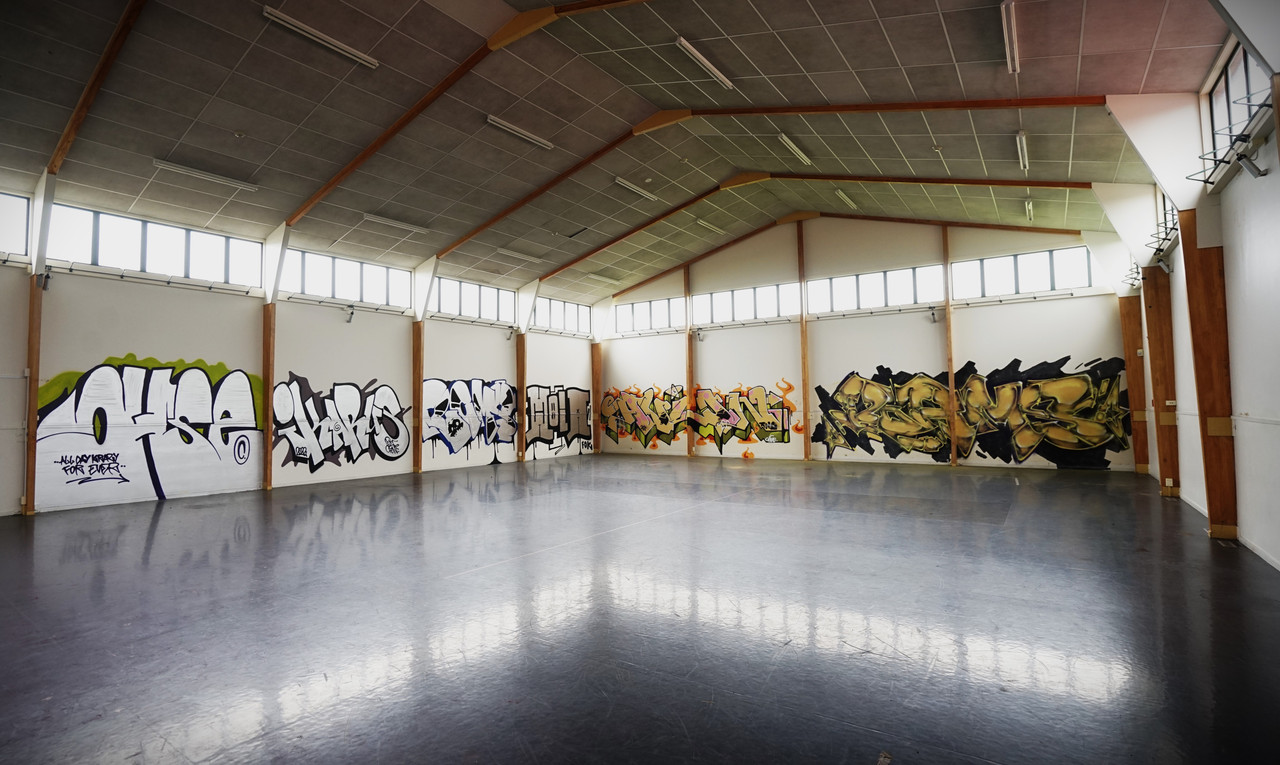
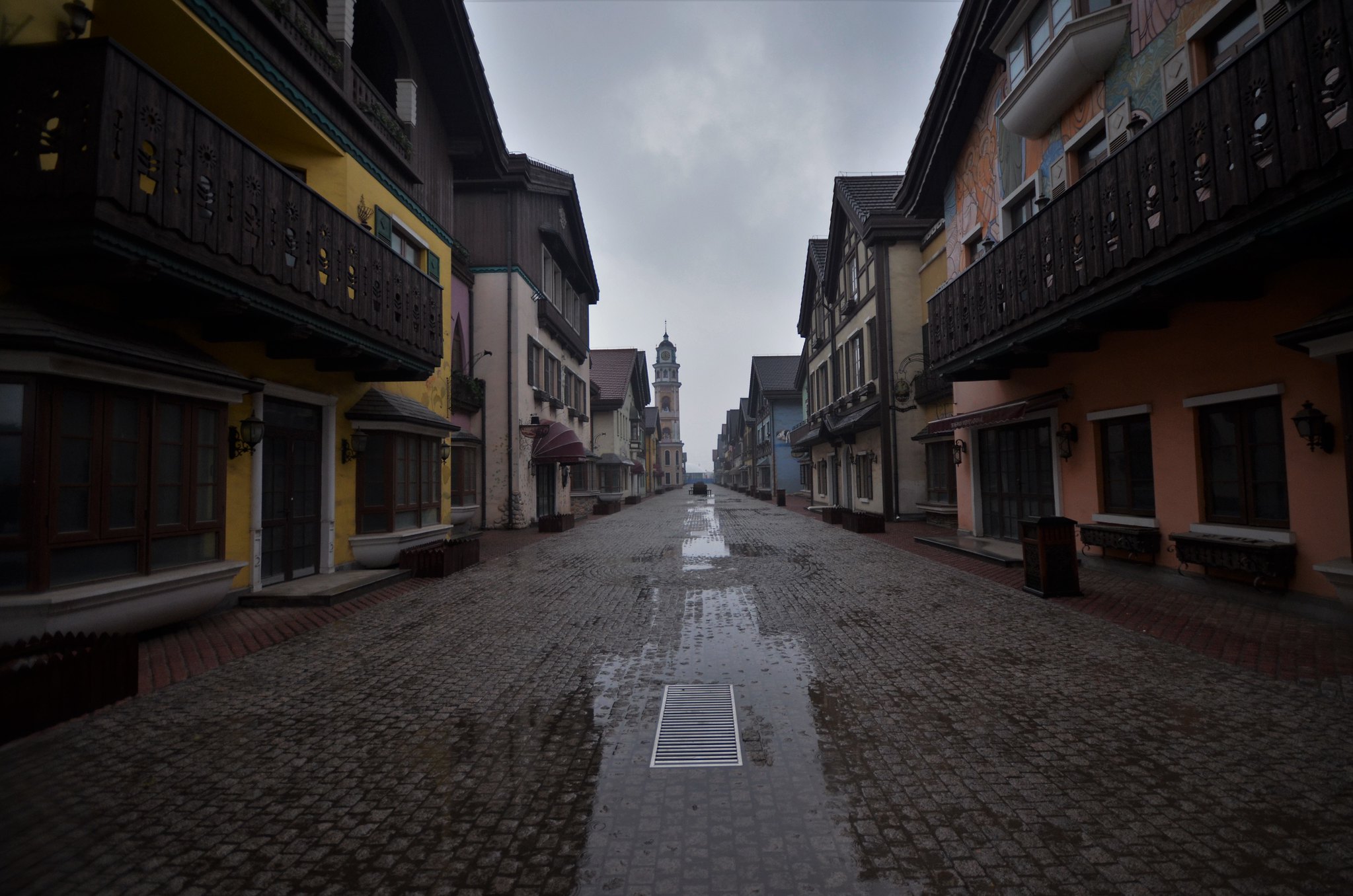
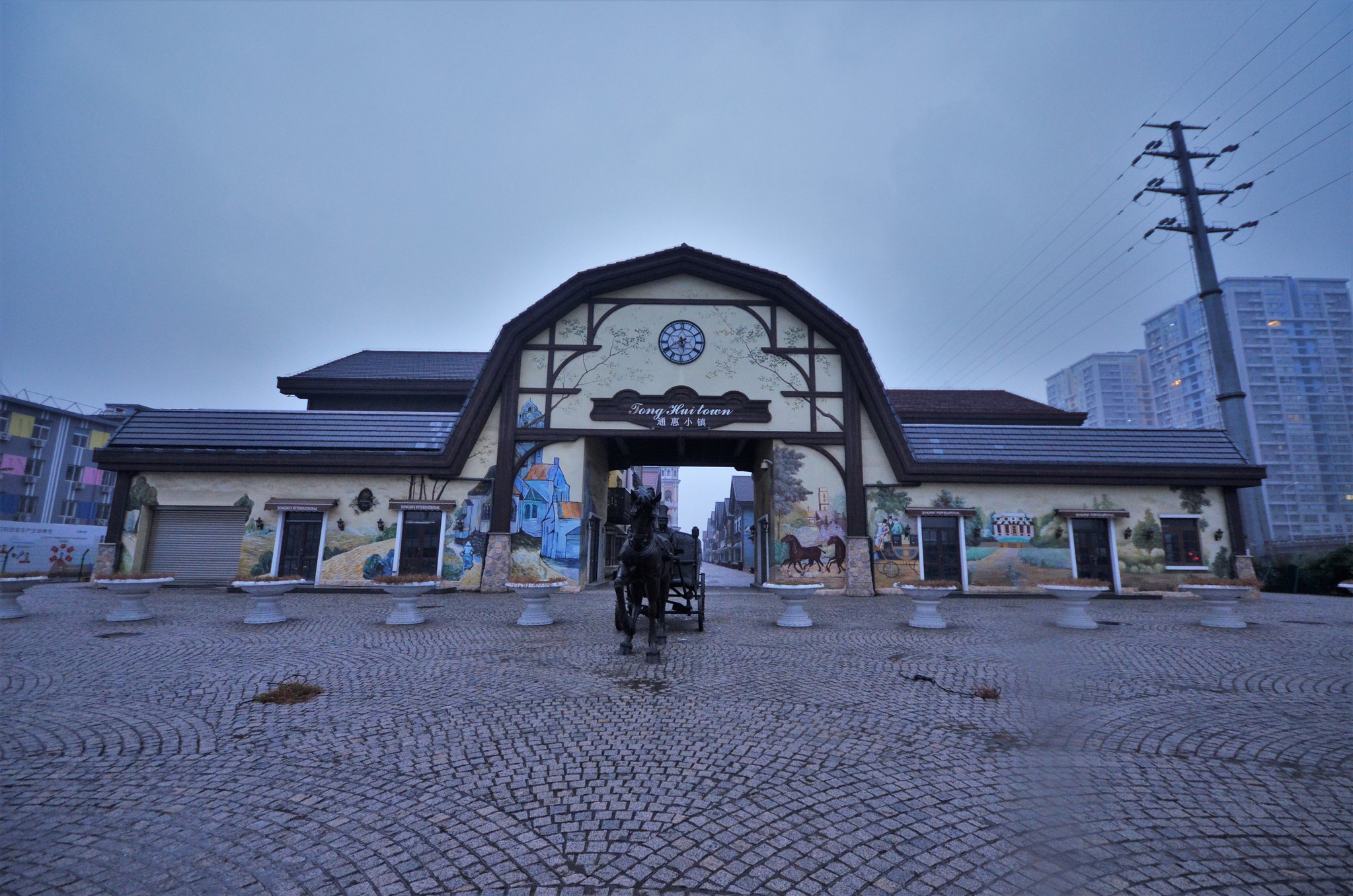

















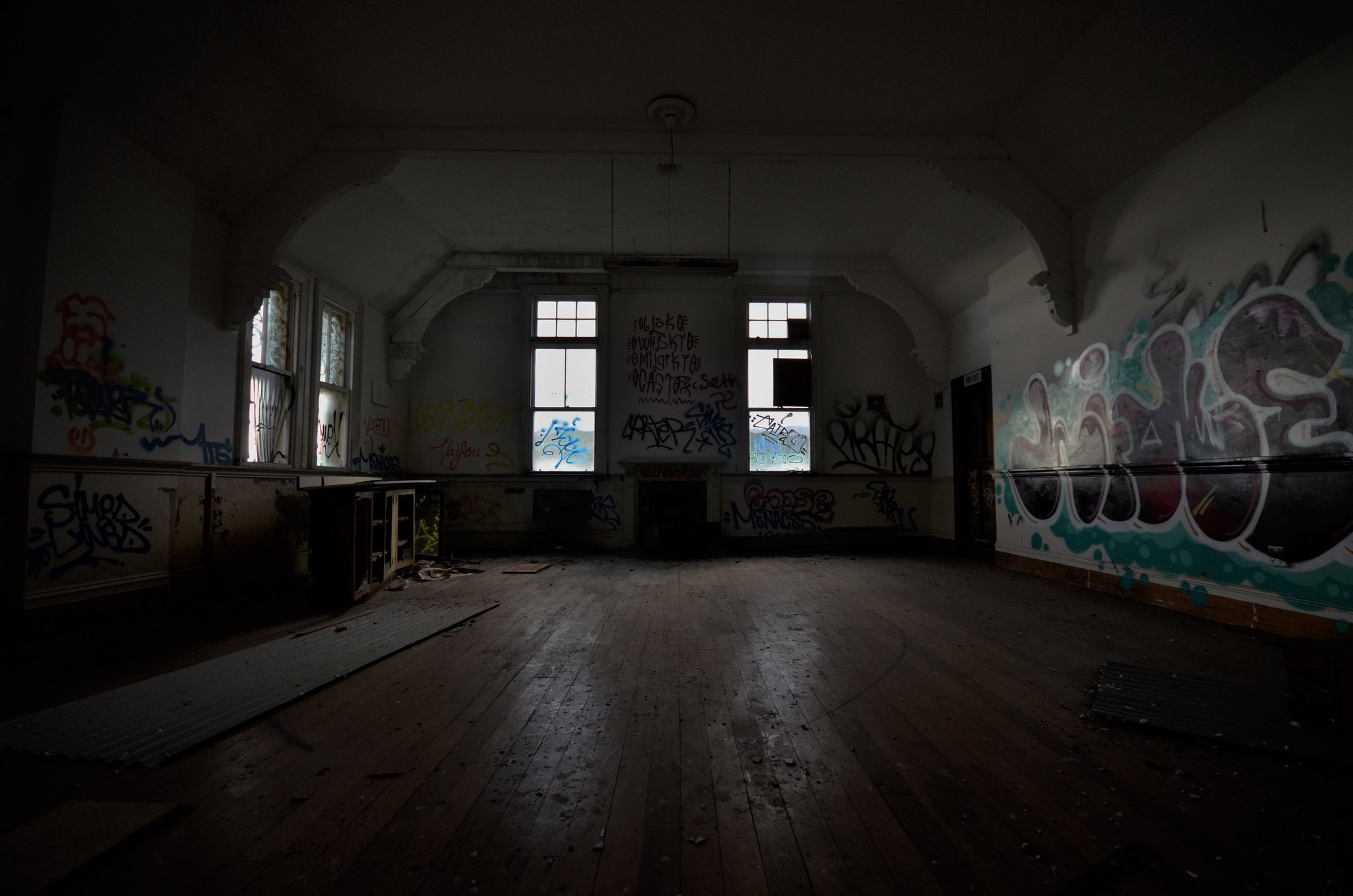
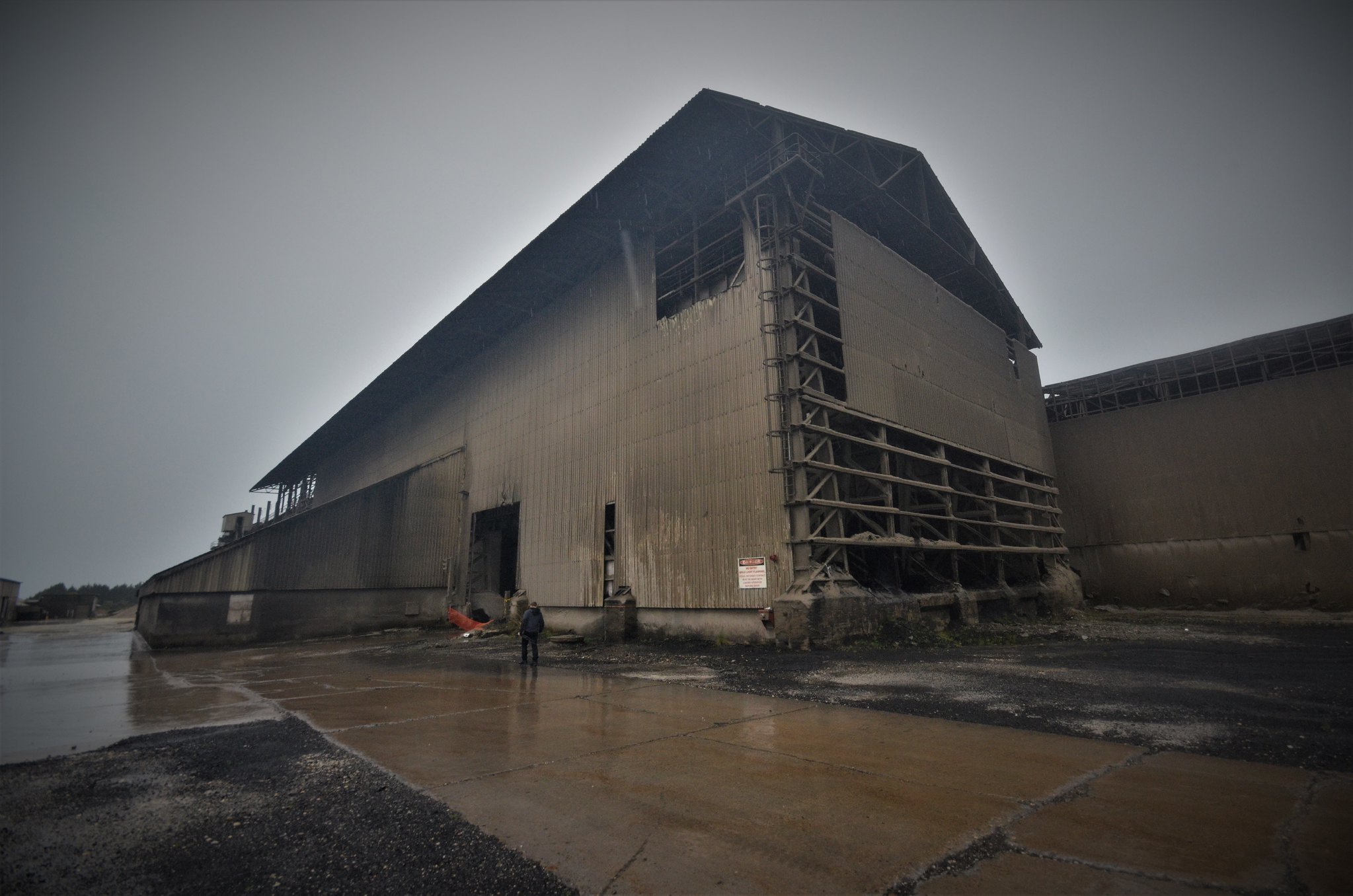
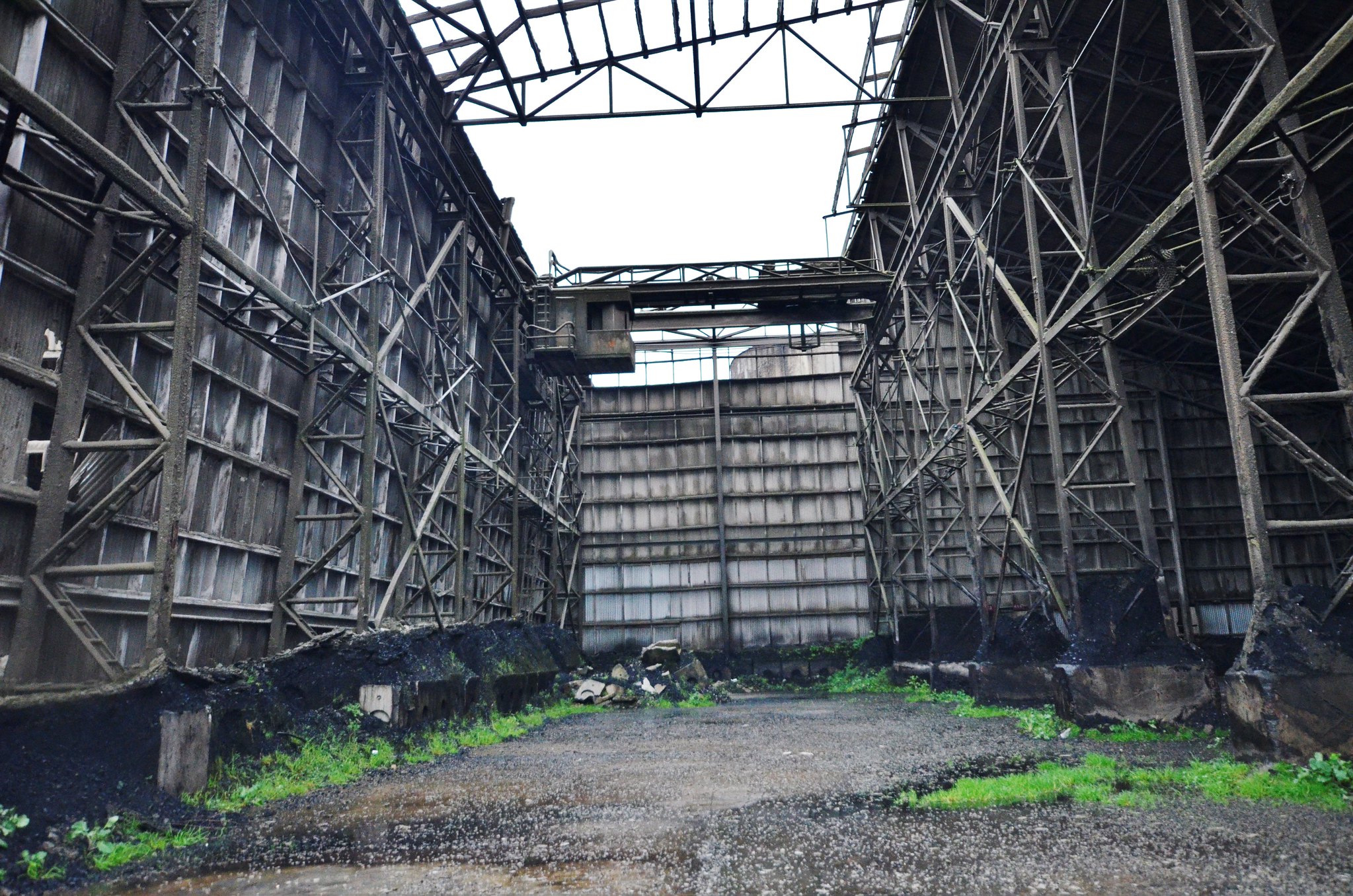



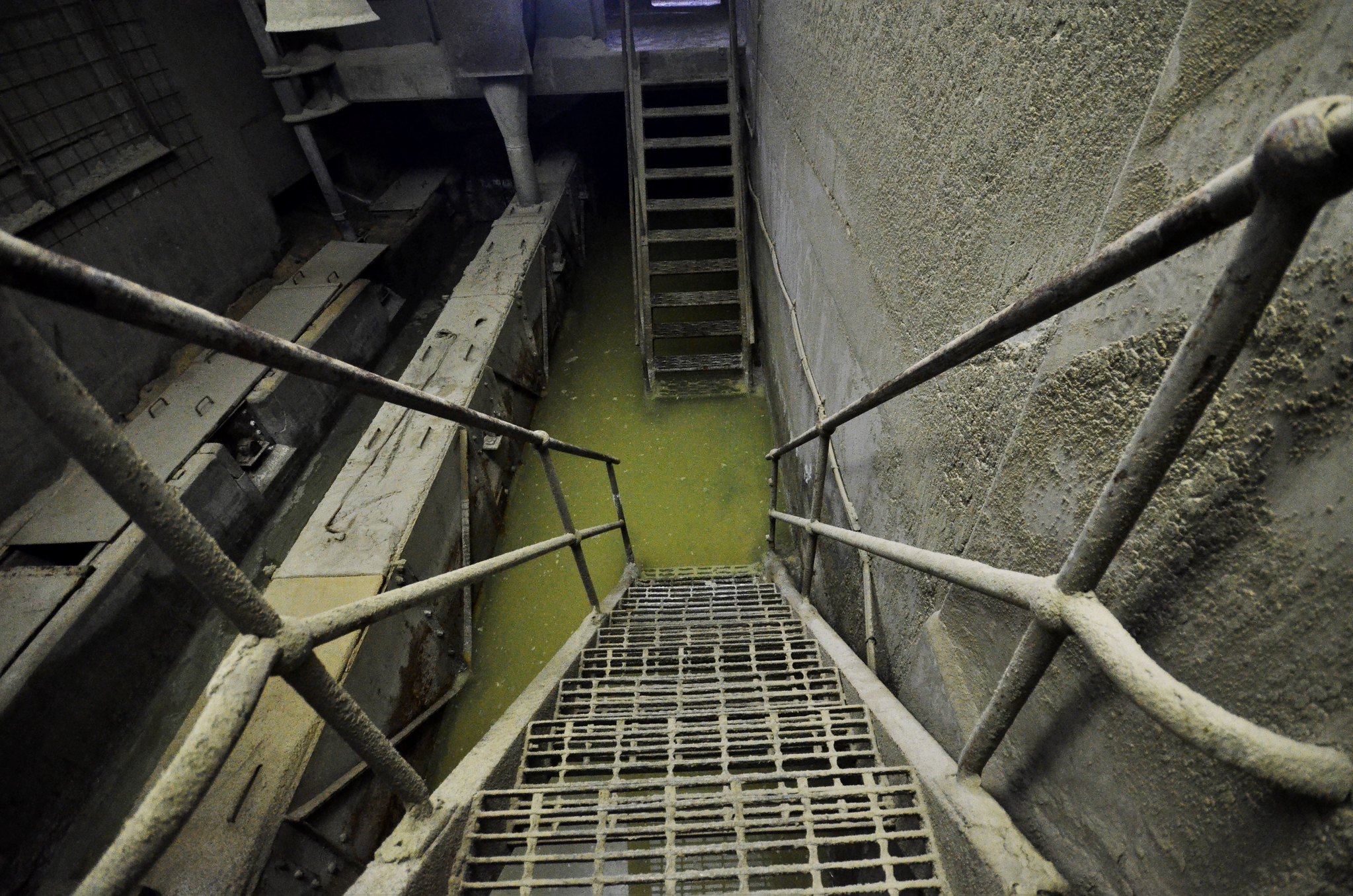







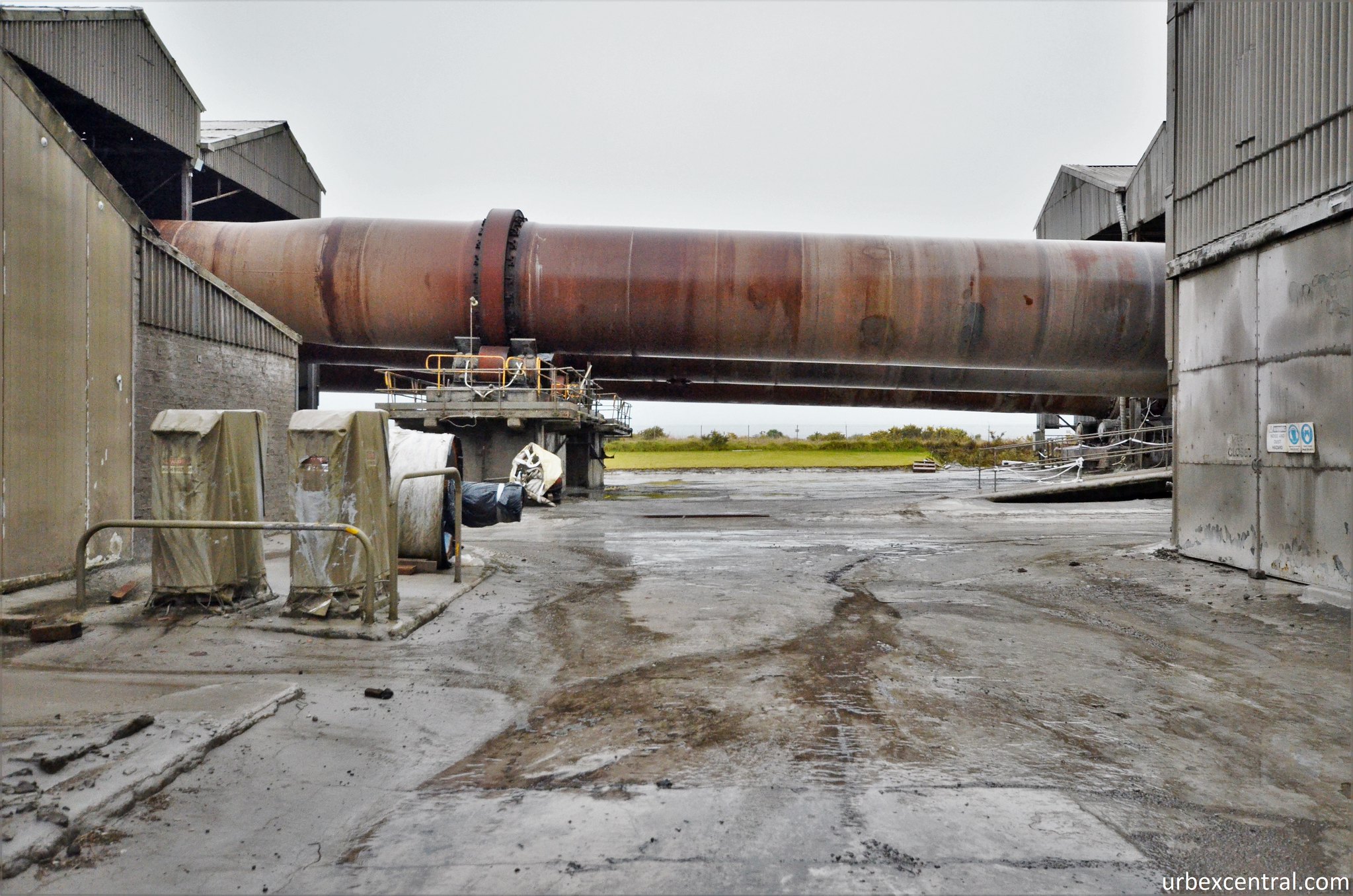
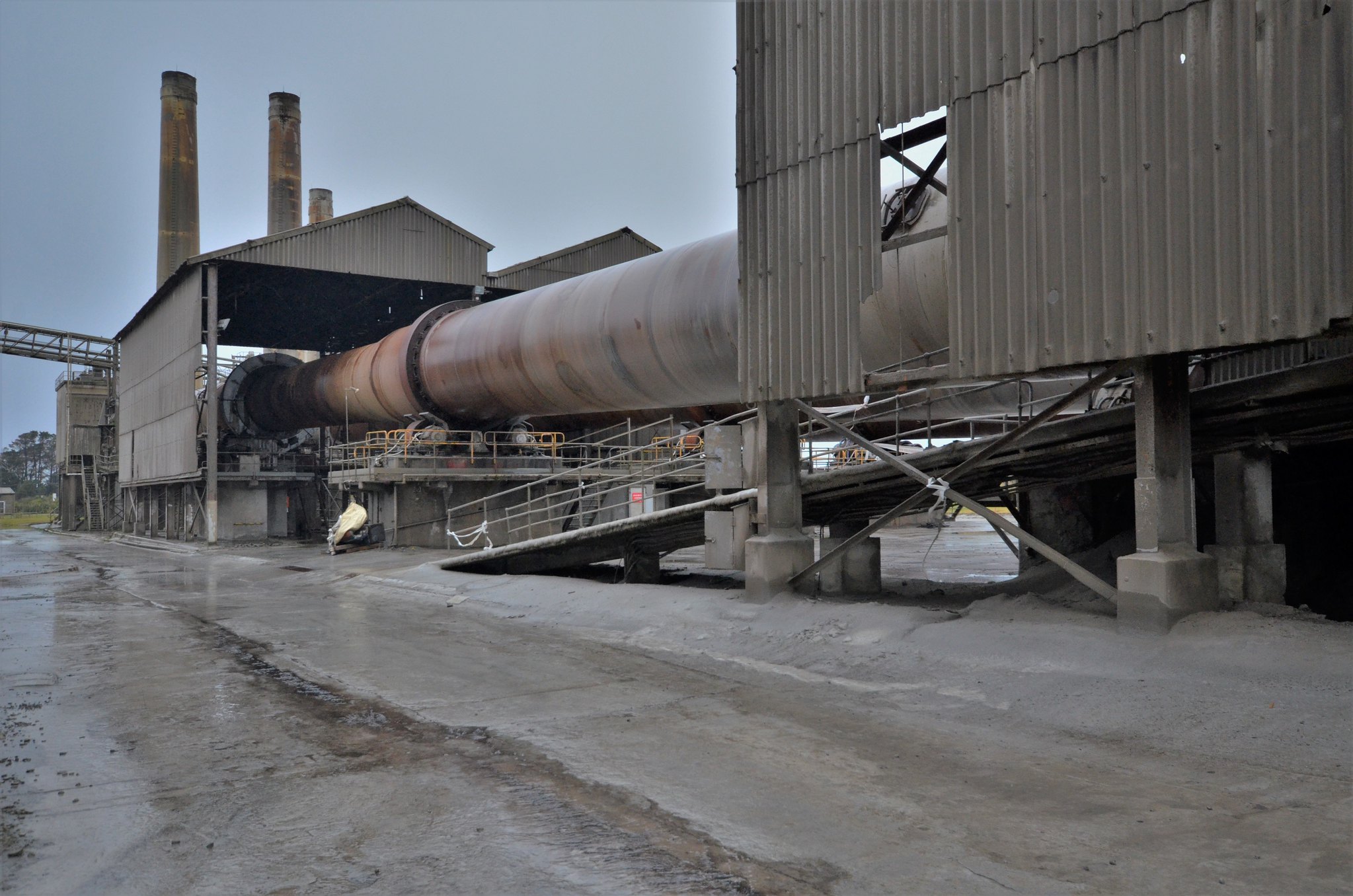















 The Sathorn Unique (aka the Ghost Tower) is a 185 meter 49 story unfinished skyscaper in downtown Bangkok near the Chao Phraya river. The proposed luxury condominium tower was designed and developed by prominent architect and real estate developer Rangsan Torsuwan. By 1997 construction was estimated to be 80–90 percent complete when the Asian financial crisis hit. Bangkok’s real estate market collapsed, and the finance companies that had funded the project went bankrupt and were subsequently liquidated. Building construction projects across the city came to a halt and Bangkok was left with over 300 unfinished high-rise projects. However since then most of these buildings have been completed as the economy recovered- but the Sathorn Unique remains a ghost tower…
The Sathorn Unique (aka the Ghost Tower) is a 185 meter 49 story unfinished skyscaper in downtown Bangkok near the Chao Phraya river. The proposed luxury condominium tower was designed and developed by prominent architect and real estate developer Rangsan Torsuwan. By 1997 construction was estimated to be 80–90 percent complete when the Asian financial crisis hit. Bangkok’s real estate market collapsed, and the finance companies that had funded the project went bankrupt and were subsequently liquidated. Building construction projects across the city came to a halt and Bangkok was left with over 300 unfinished high-rise projects. However since then most of these buildings have been completed as the economy recovered- but the Sathorn Unique remains a ghost tower…





































